Comfortable Luxury + Smart Design: Radiant Floors in HVCH Homes
Radiant floors are one of the essential design features of all HVCH homes. Today, I thought I would tell you a little bit more about how they work and why we use them.
Think of radiant heating as a giant radiator in the floor of your home. In addition to warming the air of a home, radiant heating delivers heat directly to inhabitants and warms the floor surface. This is particularly critical in the polished concrete floors of Lantern House, but is equally important in wood-floor projects like Creek House and TinkerBox. Besides the obvious comfort of a warm floor, the major benefits of radiant heating include energy and cost savings potential, quiet operation, and improved air quality.
How it works
Creek House, Lantern House and TinkerBox are each divided into distinct heating zones that allow the homeowners to maintain different temperatures in each room or to turn down heating when parts of the home are not in use. A gas-fired boiler connects to a system of pipes that distribute hot water throughout these zones. Tubing runs below the floor throughout the room, providing passive heating to the surface. The temperature can also be calibrated within each of the zones to accommodate varying conditions, such as a section of the room that gets more passive heating from the sun.
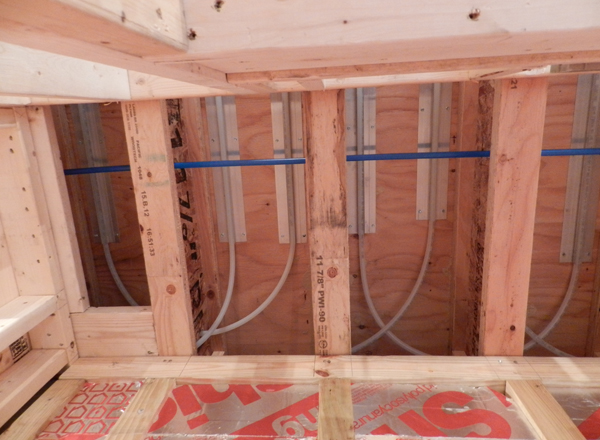
Energy + Cost Savings
A home that uses radiant heating is generally heated at a lower thermostat setting. Rather than being warmed simply by heated air from conventional heating, the homeowners are in direct contact with a warm surface and aren’t impacted by increased air flow from a vent, causing them to feel warmer at a lower thermostat setting. Radiant heating also requires a lower water temperature than conventional baseboard heating, enabling the boiler to run at lower temperature, increasing its lifespan. Both of these factors allows homeowners to conserve energy, thereby lowering energy costs.

Wood Floors
The radiant flooring in the Creek House is designed as a “dry-installation” which means the tubing is placed directly under the wood floor, therefore providing relatively immediate heat to the surface. PEX tubing, a non-toxic, flexible polyethylene tubing, is laid out through the home. On the ground floor, it is snapped into the sub-floor system while on the second floor it is stapled up with aluminum straps that help to spread the heat. In both cases, reflective insulation is placed beneath the tubing to contain the heat and deflect it upwards into the floor.
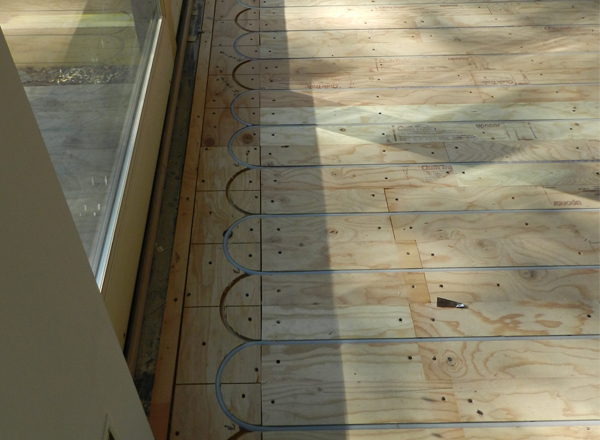
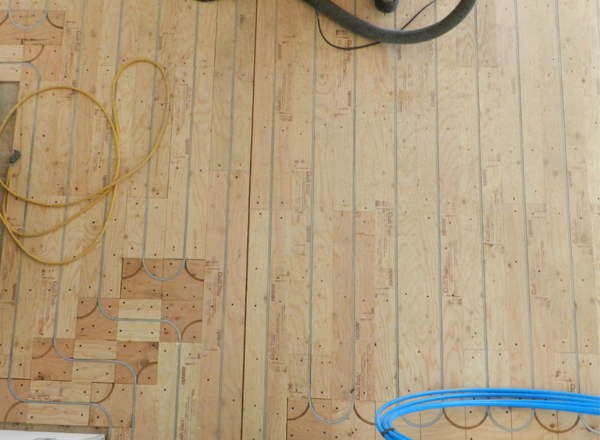
Polished Concrete
Both Lantern Ridge House and the ground floor of TinkerBox have polished concrete floors. When working with concrete, the tubing must be inserted prior to pouring the slab. The builders prep the slab base–typically a combination of gravel–and lay wire mesh down. Plastic tubing is then tied to this mesh and as the concrete is poured, masons pull the mesh up towards the surface of the slab to achieve the optimal distance between the radiant heating and the polished surface.
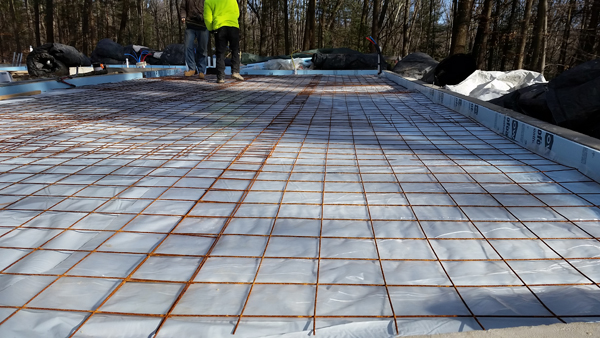
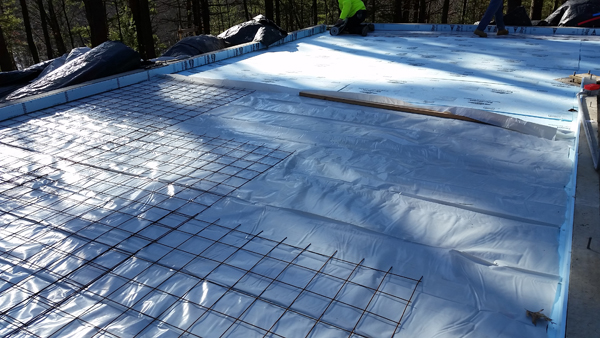
Pouring Concrete
The video below will help illustrate the time and care (and certainly skill) that goes into a creating a finished concrete floor. You’ll see many times in this video where the masons are pulling up on the steel mesh -either with their hands or their tools – so that the concrete can get underneath the mesh. The goal is for the mesh and tubing to be basically in the center of the concrete slab.
After pouring the concrete and arranging the mesh, the process continues with more hand troweling to even out edges and tricky corners. Once the concrete has cured enough to support weight, a large machine buffs the concrete and control joints are saw-cut to minimize cracking. As you can see from the photos below, our craftsmen did a beautiful job! The finished concrete floor becomes glossy enough to provide glass-like reflections.
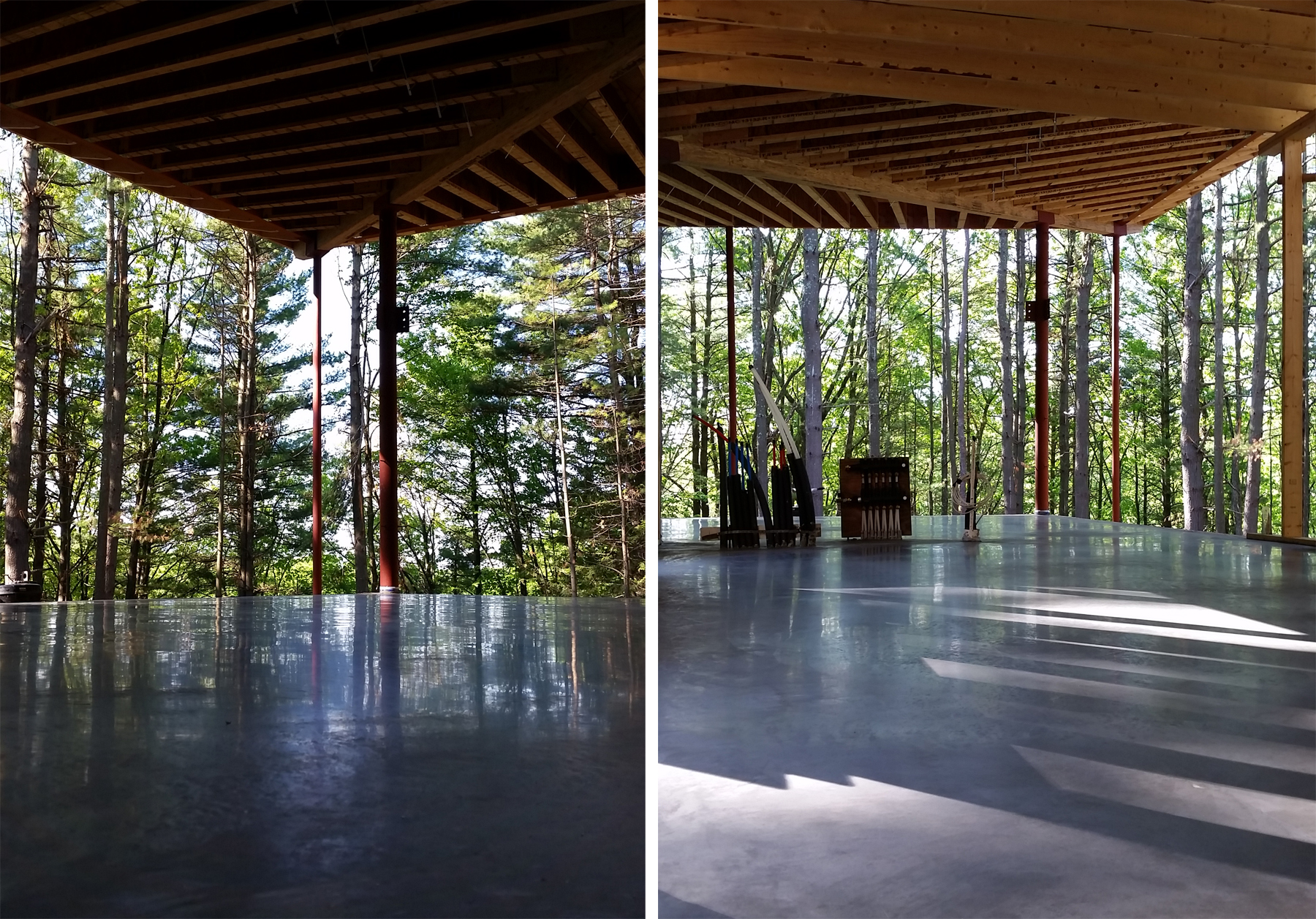
Not only can radiant heating save energy and heating costs over time, but it makes a home feel warm and cozy from the first step inside. The flexibility of using it in multiple types of flooring makes this design feature a no-brainer, and a worthwhile investment for any new homeowner!

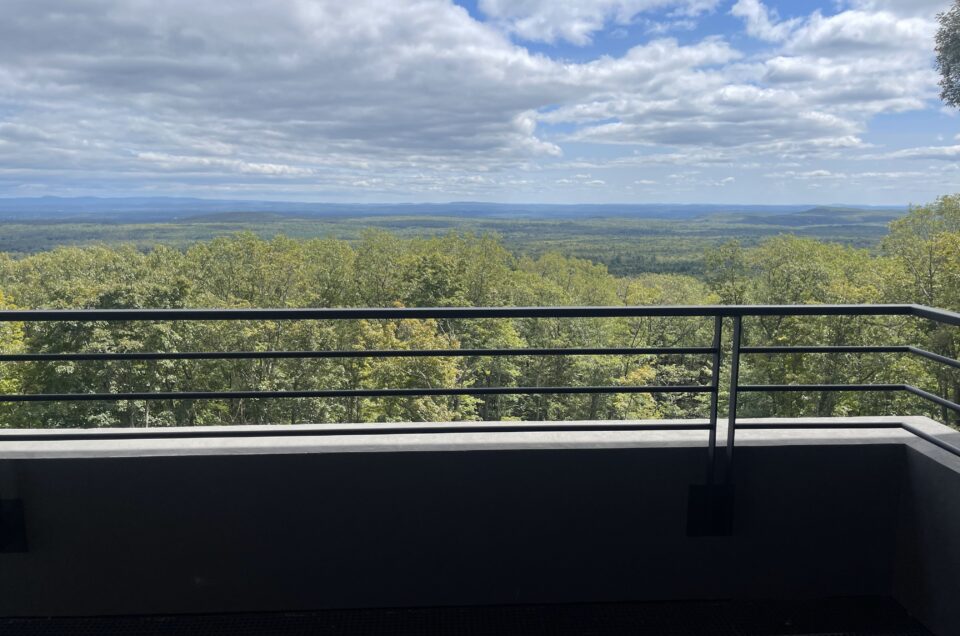
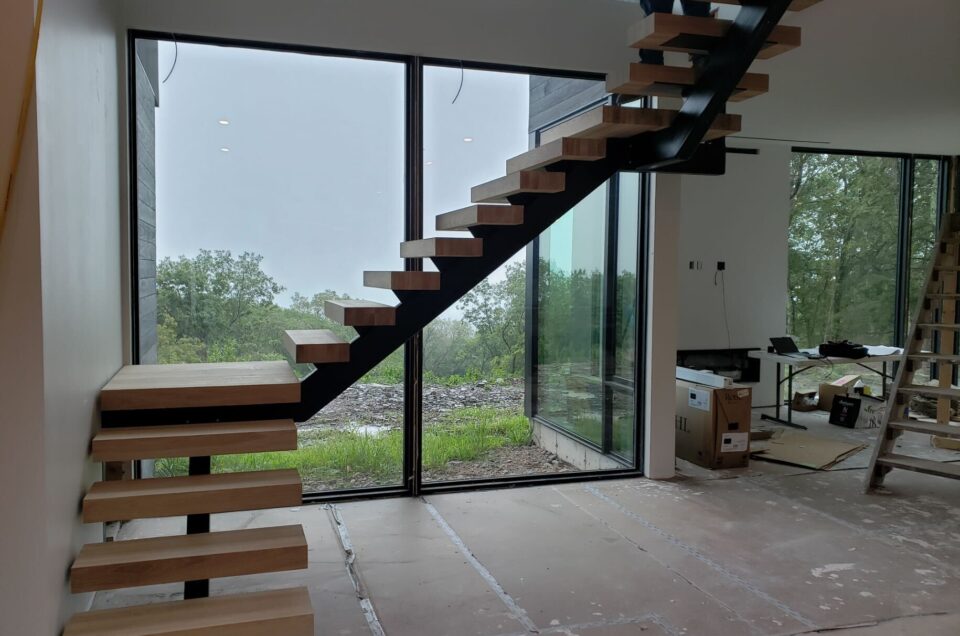
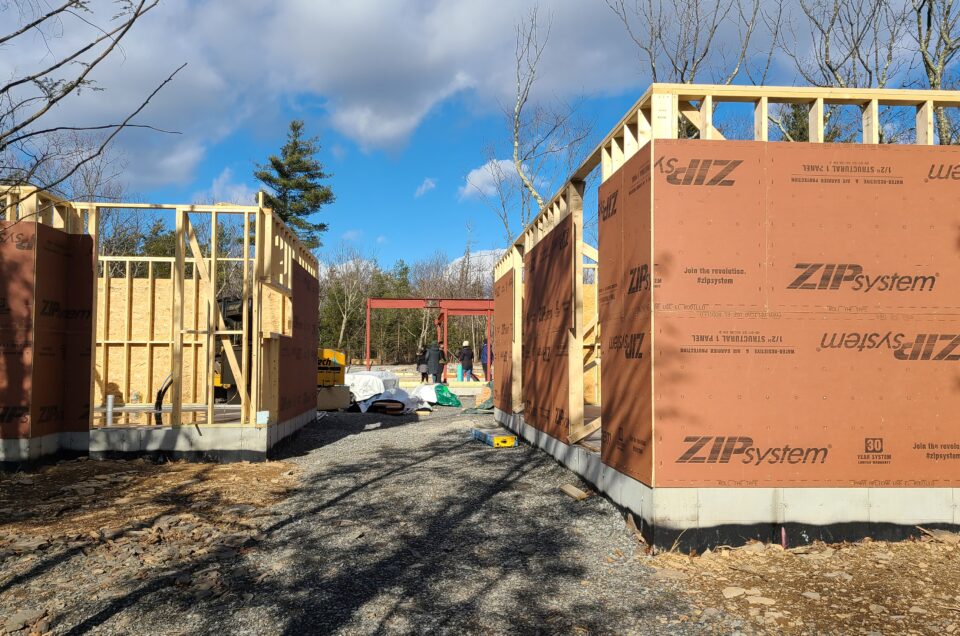


Leave a reply